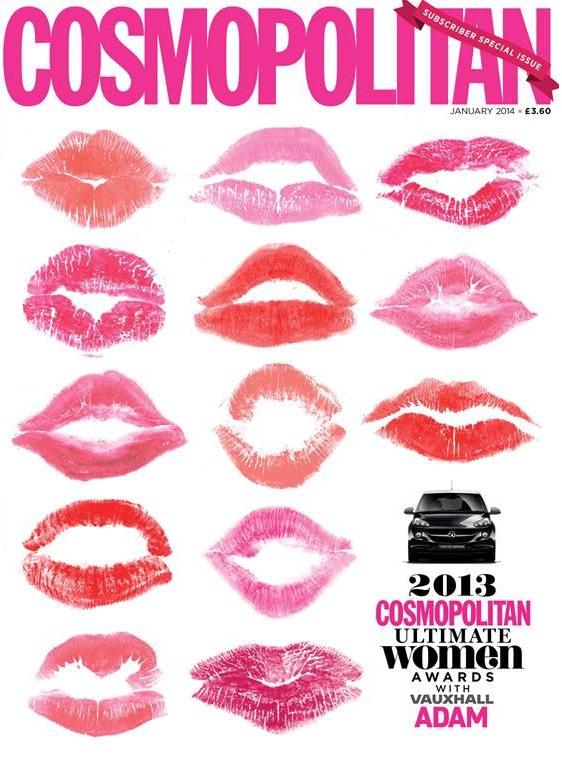The Future is Female: Mainstream media should listen to Cosmopolitan
February 27, 2017
Cosmopolitan’s Snapchat story displayed a woman for the feature story two days in a row, while channels like The Washington Post, CNN, The Wall Street Journal and Comedy Central all had different portraits of President Donald J. Trump or his various nominees.
Every single one of them, except Cosmopolitan, needs a new strategy. If I open Snapchat Discover and look at those six options, I will no doubt choose the Cosmo story about a young girl who survived sex trafficking rather than one out of four stories about the same Trump quote.
It’s true that magazines like Cosmopolitan and Teen Vogue are directed at a female audience, which means they often put women’s issues at a higher priority. But publications like The Washington Post and The Wall Street Journal could learn from Cosmo’s ability to humanize. When The Post writes a story about the negative effects of an Affordable Care Act repeal, it cites numbers. When Cosmopolitan does, it cites people.
Instead of reading that millions could lose health insurance after a repeal, we learn about a young woman who is terrified she’ll lose the birth control that keeps her period from putting her in the hospital. The millions of people we’ve been reading about suddenly become this one woman, and the issue feels closer to home.
Mainstream media doesn’t outright ignore these issues, but the truth is, most newspaper editors are men. That means the people receiving story ideas are typically men. The people editing the stories are likely men, and the people who give their permission to publish are probably also men. Teen Vogue, Glamour, Marie Claire, Elle and Cosmopolitan don’t have that problem, and it allows them to see further than just posting one or two stories quoting real women’s experiences.
Teen Vogue’s editor is a woman, Elaine Welteroth, and the magazine itself was founded by a woman. Vogue, its mother publication, also has a female editor: The famous Anna Wintour. Cosmopolitan began endorsing political candidates in 2014, while Vogue began endorsing in this most recent election.
These publications are not perfect, and they often reinforce gender and racial stereotypes with articles that demean plus-size women or models who lack diversity. But they’ve been able to evolve much faster than the traditional news media, which has been struggling to keep up with Trump.
Women spend a lot of time listening to men tell us what to believe, what to say and what to do. Men spend very little time listening to women at all, which is why they lack education about feminism or gender inequality. Many have never asked a woman what it’s like to be a woman.
As the Trump administration and Republican-led Congress continue rolling out new policies, executive orders and laws that seriously affect the women in this country, Cosmopolitan and others like it should not be the only ones paying attention.
Photo courtesy University of Salford Press Office, Creative Commons







